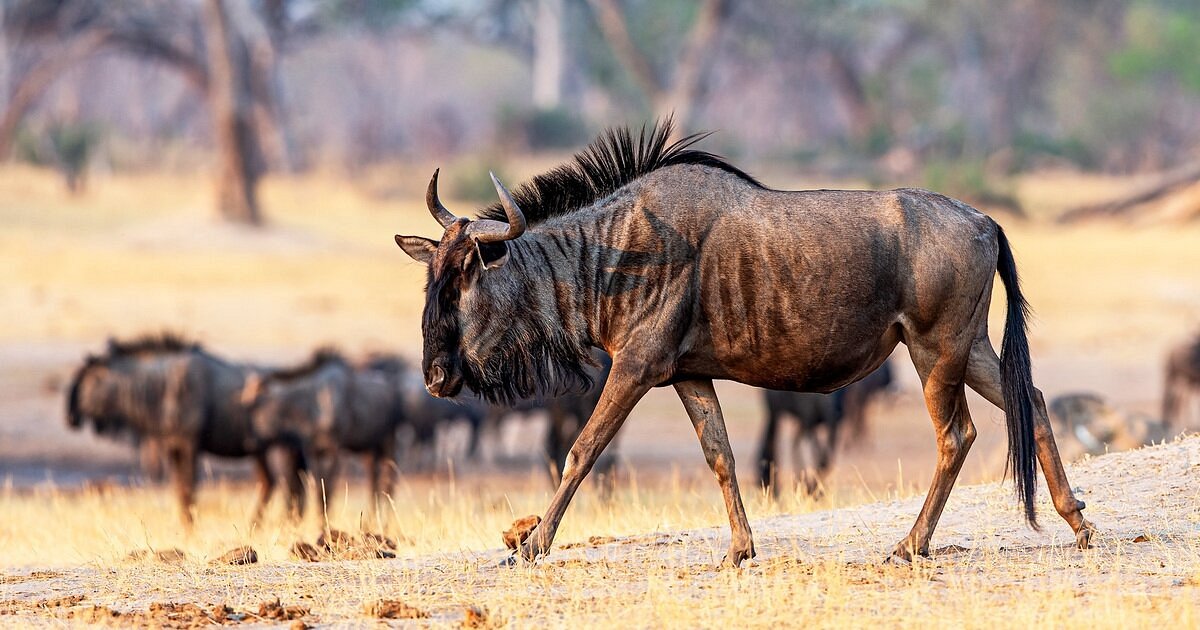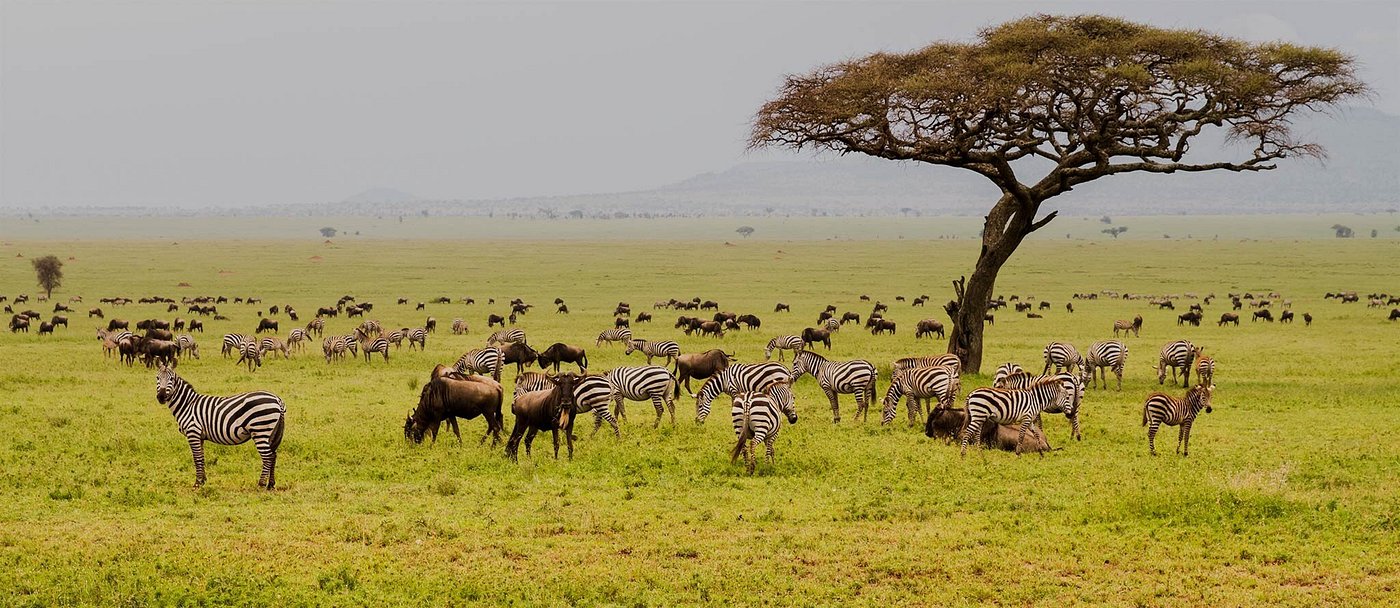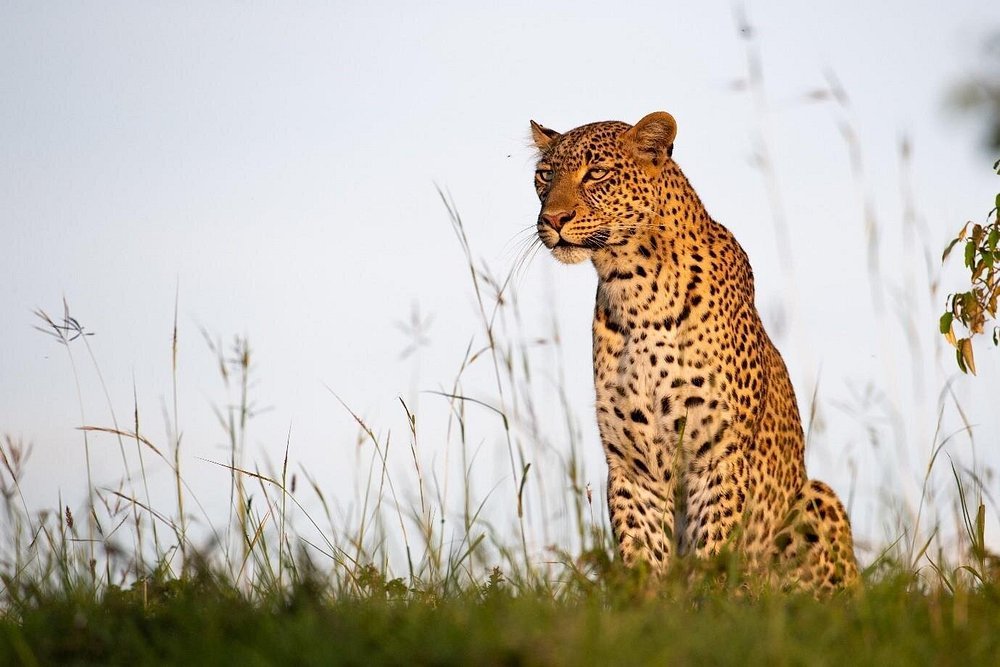Best Time to Visit Kenya and Tanzania for Safari: Month-by-Month Guide.
Planning your dream African safari? Knowing the best time to visit Kenya and Tanzania can mean the difference between average wildlife sightings and a life-changing experience.
In this guide, we break down the seasons month-by-month, covering:
- The Great Migration in Kenya and Tanzania
- Dry vs rainy season advantages
- Safari travel tips for each time of year
Whether you’re chasing the Big Five, seeking fewer crowds, or looking for the best value, here’s when to go.


Peak Safari Season: June to October (Best Overall)
This is the dry season, and it’s considered the best time to visit Kenya and Tanzania for wildlife.
Why This Period Is Ideal:
- Animals gather near waterholes, making them easy to spot.
- Vegetation is sparse = better visibility on game drives.
- Fewer mosquitoes due to dry weather.
- Cooler, comfortable temperatures.
Highlights:
- Kenya: The Great Migration begins arriving in the Masai Mara around July.
- Tanzania: The Serengeti offers outstanding wildlife viewing, especially in June.
Best Parks to Visit:
- Masai Mara (Kenya)
- Serengeti & Ngorongoro (Tanzania)
- Amboseli, Lake Nakuru, Tarangire
Shoulder Season: November to March (Green & Calving Season)
This is the shoulder or “green” season, when landscapes are lush and animals give birth.
What to Expect:
- Short rains fall in November and December but usually don’t disrupt travel.
- Fewer tourists = more intimate safari experience.
- Lower lodge prices.
Highlights:
- January to March is calving season in the southern Serengeti — predators are highly active.
- Stunning birdlife due to migratory species.
Best Parks to Visit:
- Ndutu Plains (Tanzania) for calving.
- Lake Naivasha, Tarangire, Samburu for birdwatching.
Rainy Season (Low Season): April & May
This is the long rainy season — while it’s not the best time for wildlife, it can work for certain types of travelers.
What to Expect:
- Heavy rainfall can make some areas inaccessible.
- Some lodges close temporarily.
- Lush green scenery, dramatic skies, and incredible photography opportunities.
- Deep discounts on tours and accommodations.
Month-by-Month Breakdown
| Month | Conditions | Highlights | Recommended For |
|---|---|---|---|
| January | Warm, short rains | Calving season in Tanzania | Predator action, lush landscapes |
| February | Dry & clear | Prime calving season continues | Big cat viewing |
| March | Start of long rains | Quieter parks, lush green | Budget safaris, birding |
| April | Wet season | Low tourist numbers, muddy conditions | Avoid unless budget is priority |
| May | Wet, but clearing | Low rates, green views | Experienced travelers |
| June | Dry season starts | Wildlife concentrates near water | Excellent game viewing |
| July | Peak dry season | Great Migration enters Kenya | Top safari experience |
| August | Peak season | River crossings in Masai Mara | Iconic wildlife action |
| September | Dry & clear | Migration continues | All-around perfect |
| October | End of dry season | Last chance to see migration in Kenya | Great for fewer crowds |
| November | Short rains begin | Green season starts, migratory birds | Quiet luxury safaris |
| December | Short rains | Festive safari season, green scenery | Holiday travelers |


